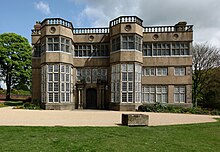
Robert Adam was a British neoclassical architect, interior designer and furniture designer. He was the son of William Adam (1689–1748), Scotland's foremost architect of the time, and trained under him. With his older brother John, Robert took on the family business, which included lucrative work for the Board of Ordnance, after William's death.

Sudbury Hall is a country house in Sudbury, Derbyshire, England. One of the country's finest Restoration mansions, it has Grade I listed building status.

The Jacobethan architectural style, also known as Jacobean Revival, is the mixed national Renaissance revival style that was made popular in England from the late 1820s, which derived most of its inspiration and its repertory from the English Renaissance (1550–1625), with elements of Elizabethan and Jacobean.

Harlaxton Manor is a Victorian country house in Harlaxton, Lincolnshire, England. It was built for Gregory Gregory, a local squire and businessman. Gregory employed two of the leading architects of Victorian England, Anthony Salvin and William Burn and consulted a third, Edward Blore, during its construction. Its architecture, which combines elements of Jacobean and Elizabethan styles with Baroque decoration, makes it unique among England's Jacobethan houses. Harlaxton is a Grade I listed building on the National Heritage List for England, and many other structures on the estate are also listed. The surrounding park and gardens are listed Grade II* on the Register of Historic Parks and Gardens. It is now the British campus of the University of Evansville.

Montacute House is a late Elizabethan mansion with a garden in Montacute, South Somerset, England.

Haddon Hall is an English country house on the River Wye near Bakewell, Derbyshire, a former seat of the Dukes of Rutland. It is the home of Lord Edward Manners and his family. In form a medieval manor house, it has been described as "the most complete and most interesting house of [its] period". The origins of the hall are from the 11th century, with additions at various stages between the 13th and the 17th centuries, latterly in the Tudor style.

Syon House is the west London residence of the Duke of Northumberland. A Grade I listed building, it lies within the 200-acre Syon Park, in the London Borough of Hounslow.
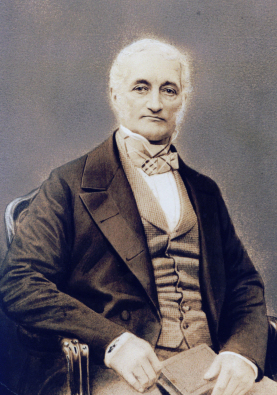
William Burn was a Scottish architect. He received major commissions from the age of 20 until his death at 81. He built in many styles and was a pioneer of the Scottish Baronial Revival, often referred to as the golden age of Scottish architecture.

Burton Constable Hall is a large Elizabethan country house in England, with 18th- and 19th-century interiors and a fine 18th-century cabinet of curiosities. The hall, a Grade I listed building, is set in a park designed by Capability Brown with an area of 300 acres (1.2 km2). It is located 3 miles (5 km) south-east of the village of Skirlaugh in the East Riding of Yorkshire, approximately 9 miles (14 km) north-east of the city of Hull, and has been the home of the Constable family for over 400 years.
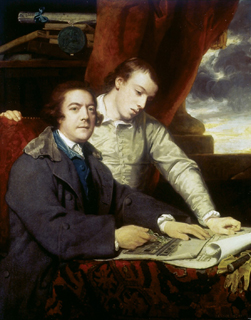
James Paine (1717–1789) was an English architect. He worked on number of country houses such as Chatsworth House, Thorndon Hall and Kedleston Hall.
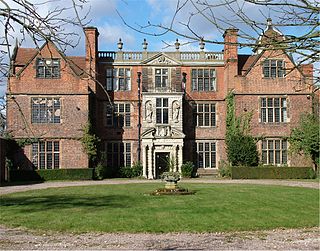
The Jacobean style is the second phase of Renaissance architecture in England, following the Elizabethan style. It is named after King James VI and I, with whose reign it is associated. At the start of James' reign there was little stylistic break in architecture, as Elizabethan trends continued their development. However, his death in 1625 came as a decisive change towards more classical architecture, with Italian influence, was in progress, led by Inigo Jones; the style this began is sometimes called Stuart architecture, or English Baroque.
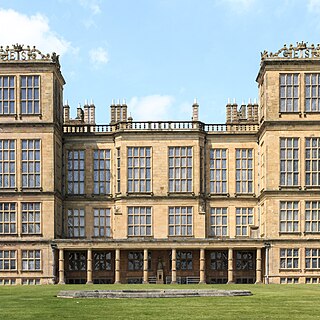
Elizabethan architecture refers to buildings of a certain style constructed during the reign of Queen Elizabeth I of England and Ireland from 1558–1603. Historically, the era sits between the long era of the dominant architectural style of religious buildings by the Catholic Church, which ended abruptly at the Dissolution of the Monasteries from c.1536, and the advent of a court culture of pan-European artistic ambition under James I (1603–25). Stylistically, Elizabethan architecture is notably pluralistic. It came at the end of insular traditions in design and construction called the Perpendicular style in the church building, the fenestration, vaulting techniques, and open truss designs of which often affected the detail of larger domestic buildings. However, English design had become open to the influence of early printed architectural texts imported to England by members of the church as early as the 1480s. Into the 16th century, illustrated continental pattern-books introduced a wide range of architectural exemplars, fueled by the archaeology of classical Rome which inspired myriad printed designs of increasing elaboration and abstraction.

John Carr (1723–1807) was a prolific English architect, best known for Buxton Crescent in Derbyshire and Harewood House in West Yorkshire. Much of his work was in the Palladian style. In his day he was considered to be the leading architect in the north of England.
John Thorpe or Thorp was an English architect.

Burton Agnes Hall is an Elizabethan manor house in the village of Burton Agnes, near Driffield in the East Riding of Yorkshire, England. It was built by Sir Henry Griffith in 1601–10 to designs attributed to Robert Smythson. The older Norman Burton Agnes Manor House, originally built in 1173, still stands on an adjacent site; both buildings are now Grade I listed buildings.

Apethorpe Palace, formerly known as "Apethorpe Hall", is a Grade I listed country house, dating to the 15th century, close to Apethorpe, Northamptonshire. It was a "favourite royal residence" for James I.
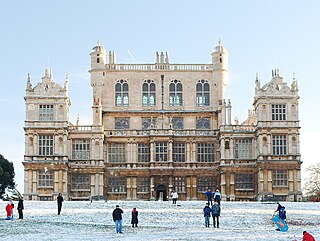
Prodigy houses are large and showy English country houses built by courtiers and other wealthy families, either "noble palaces of an awesome scale" or "proud, ambitious heaps" according to taste. The prodigy houses stretch over the periods of Tudor, Elizabethan, and Jacobean architecture, though the term may be restricted to a core period of roughly 1570 to 1620. Many of the grandest were built with a view to housing Elizabeth I and her large retinue as they made their annual royal progress around her realm. Many are therefore close to major roads, often in the English Midlands.
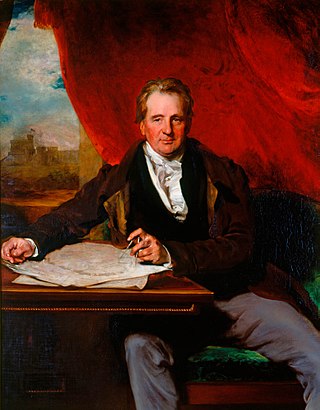
Sir Jeffry Wyatville was an English architect and garden designer. Born Jeffry Wyatt into an established dynasty of architects, in 1824 he was allowed by King George IV to change his surname to Wyatville. He is mainly remembered for making alterations and extensions to Chatsworth House and Windsor Castle.

The Rotherwas Room is an English Jacobean room currently in the Mead Art Museum, in Amherst College.

